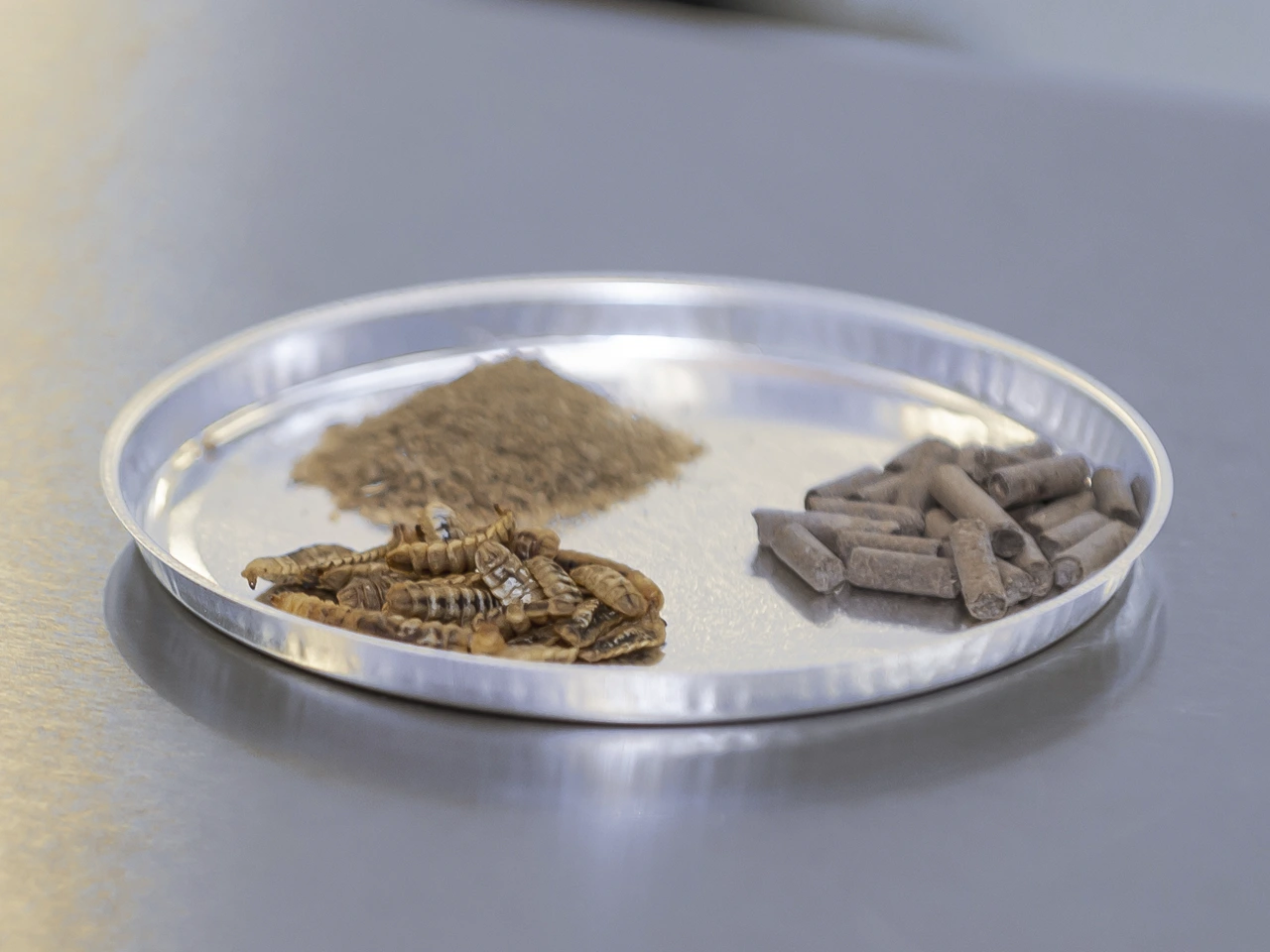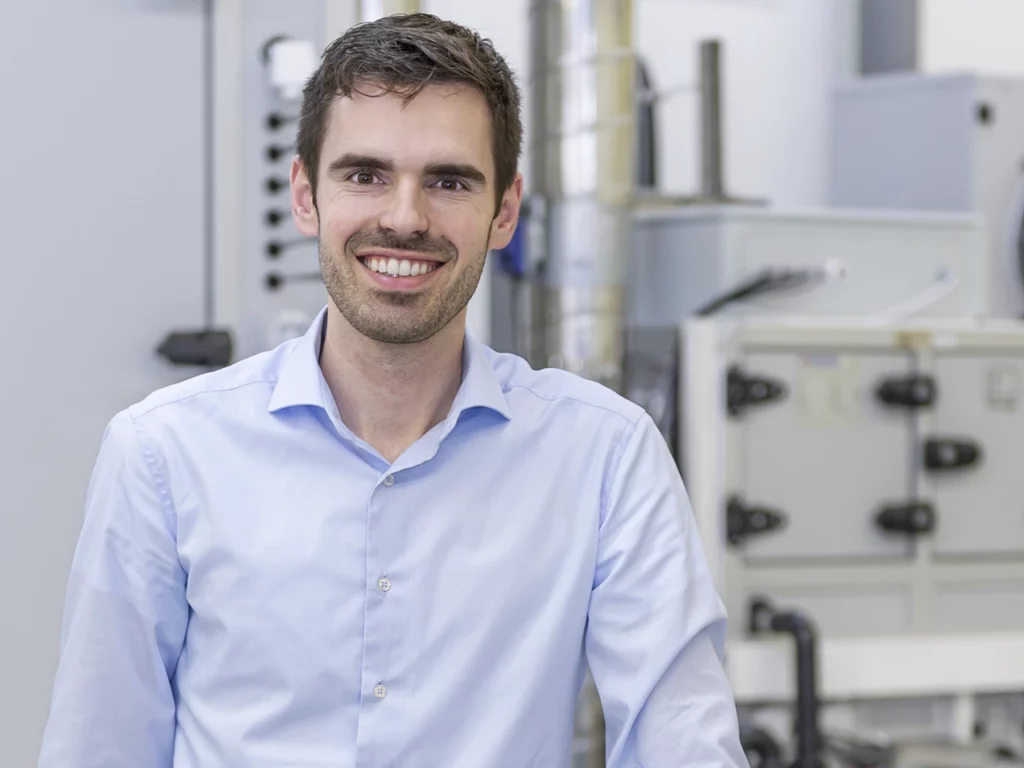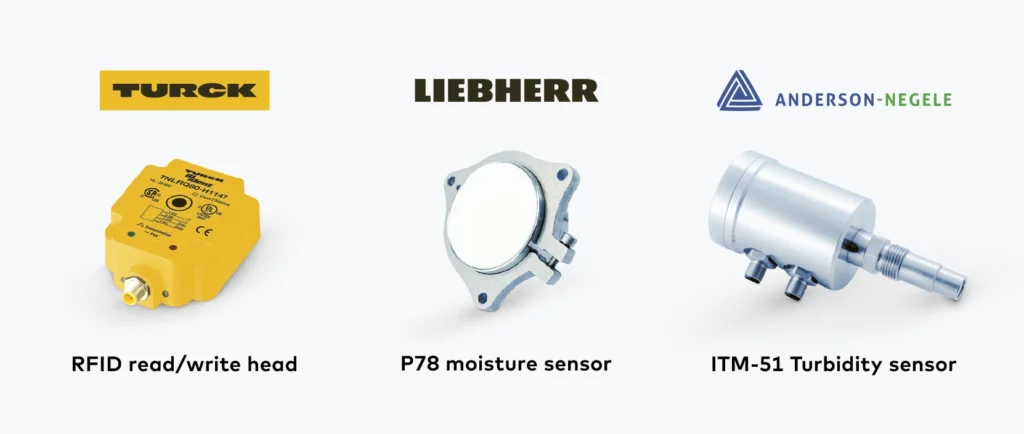Developing sustainable protein sources: Bühler Insect Technology
In the coming decades, the demand for protein for humans and animals will dramatically increase, but conventional protein sources are not environmentally friendly. Using insect protein plants, Bühler is taking another path.
Every day, adults require 0.8 grams of protein per kilogram of their bodyweight. So, a person weighing 65 kg would need to consume 52 grams of protein daily. Around 380 million people aged between 15 and 85 live in the Euro area. You can do the maths for yourself.
Up to now, people have got their protein from meat, dairy and grains as well as from fish, eggs, vegetables and legumes, which are mostly produced excessively due to high demand. This is costly for the environment.
A way out of the protein dilemma
The Bühler Group, whose industrial specialisms include food and feedstuffs, are facing up to the protein dilemma. With its focus on using insects as a protein source, the company is one of the pacesetters for sustainably producing high-quality protein. Following five years of intensive research and development, as well as active involvement in a large project, Bühler was ready to enter the market: By developing its plants and processes for producing alternative proteins the company initiated a change to a path towards sustainability in the feedstuff industry.
High performance facility for rearing and utilising insects
The latest flagship project in the Insect Technology division is a fully integrated insect protein facility for the bio-technology company Agronutris at the Rethal site, near Reims in France. The facility is fully automated and covers all steps in the process: Brood care, breeding the larvae by feeding them with organic systems, and offspring developed by Agronutris. After breeding, the insect larvae are processed into protein meal and lipids over multiple steps. Running at full capacity, the facility can turn up to 70,000 tonnes of organic waste a year into high-quality protein for the aquaculture and domestic animal feed market.


No compromises in selecting a supplier
Business Developer and insect expert Nicolas Braun explains, “We at Bühler Group had to be sure we had a supplier we could trust for this strategically important project, so we set extremely high standards for the selection process”. Bühler has already had positive experiences using Turck’s RFID systems and countless other components from the Bachofen range. This time, the focus for the long-standing Bachofen customer was on the humidity sensors from Liebherr and turbidity sensors from Anderson-Negele. However, plant engineers required absolute certainty that the components in this application, which were new for all involved, would work properly. They placed high priority on measuring turbidity in the larvae washing process: Only maximum precision in measurements would enable the water supply to be limited to the absolute minimum necessary during the washing process.

Tests and technical input from Bachofen ensure safety
Bühler and Bachofen’s experts checked the precision, reliability and efficiency of turbidity sensors though extensive tests at the Insect Technology Center at Bühler’s headquarters in Uzwil. The results were impressive. Thanks to close collaboration in the evaluation phase and the detailed knowledge provided by Bachofen, the designers and purchasing managers at Bühler were able to give the green light for an informed and assured procurement decision.
* Source: Swiss Federal Food Safety and Veterinary Office (BLV)